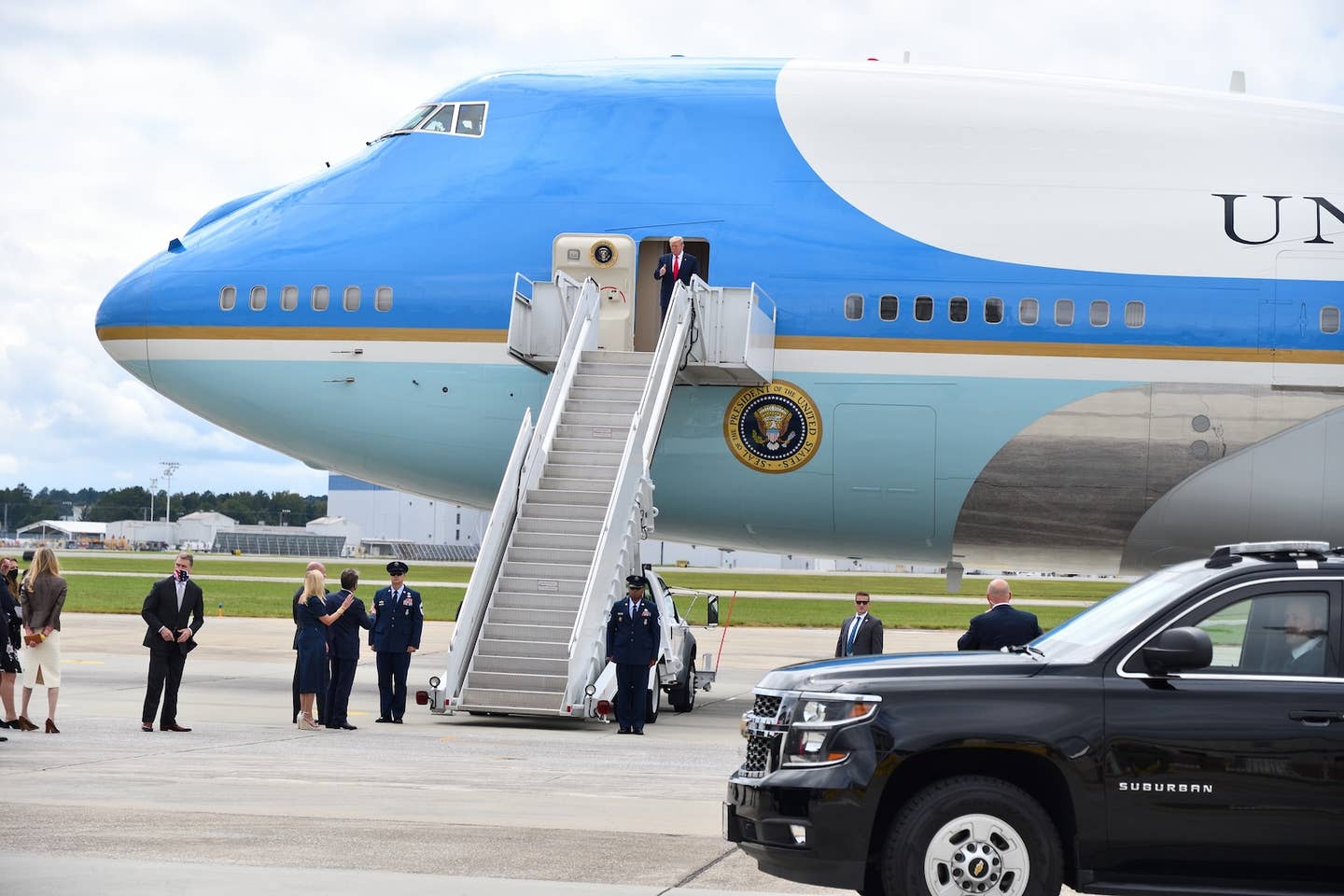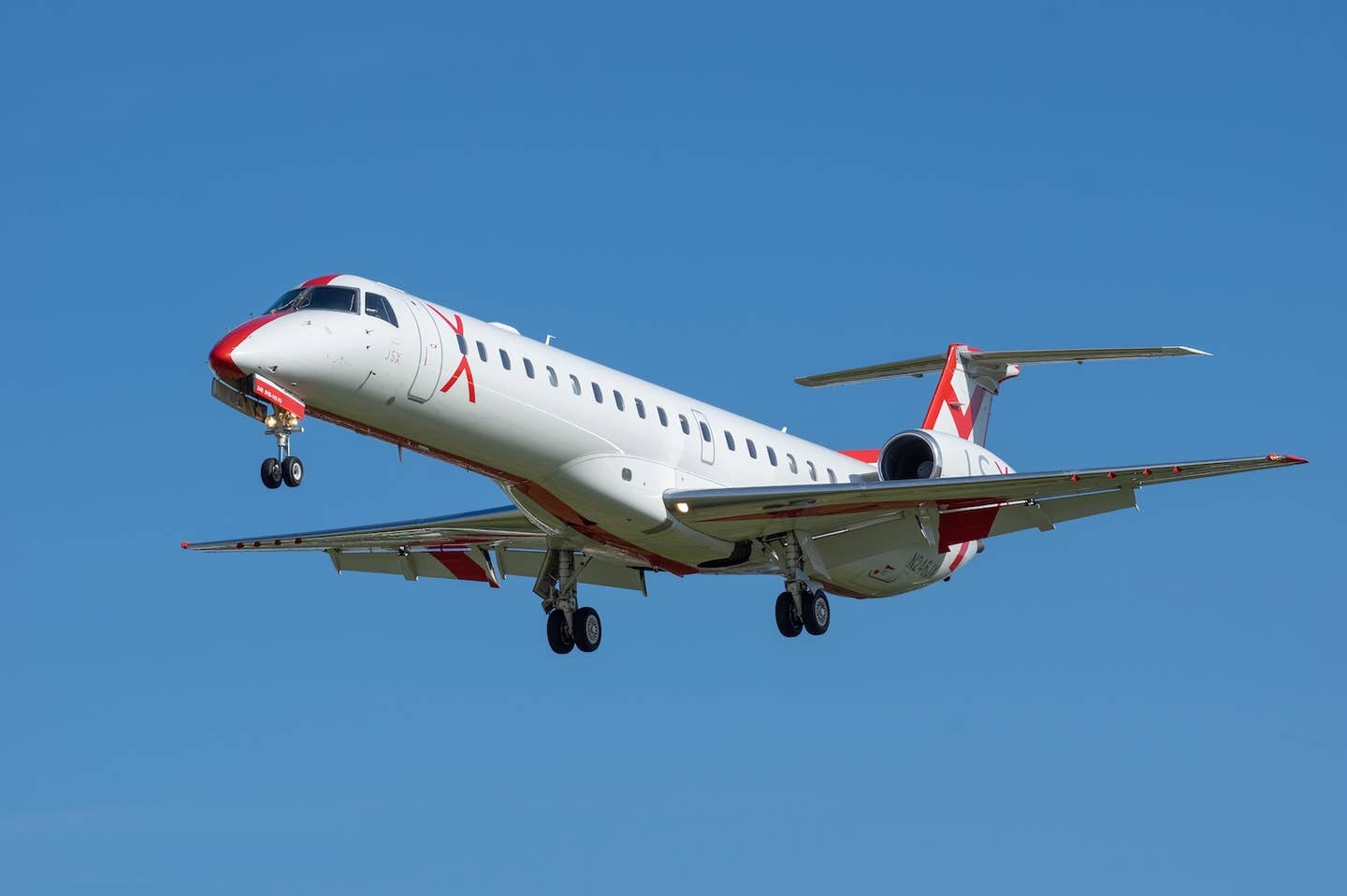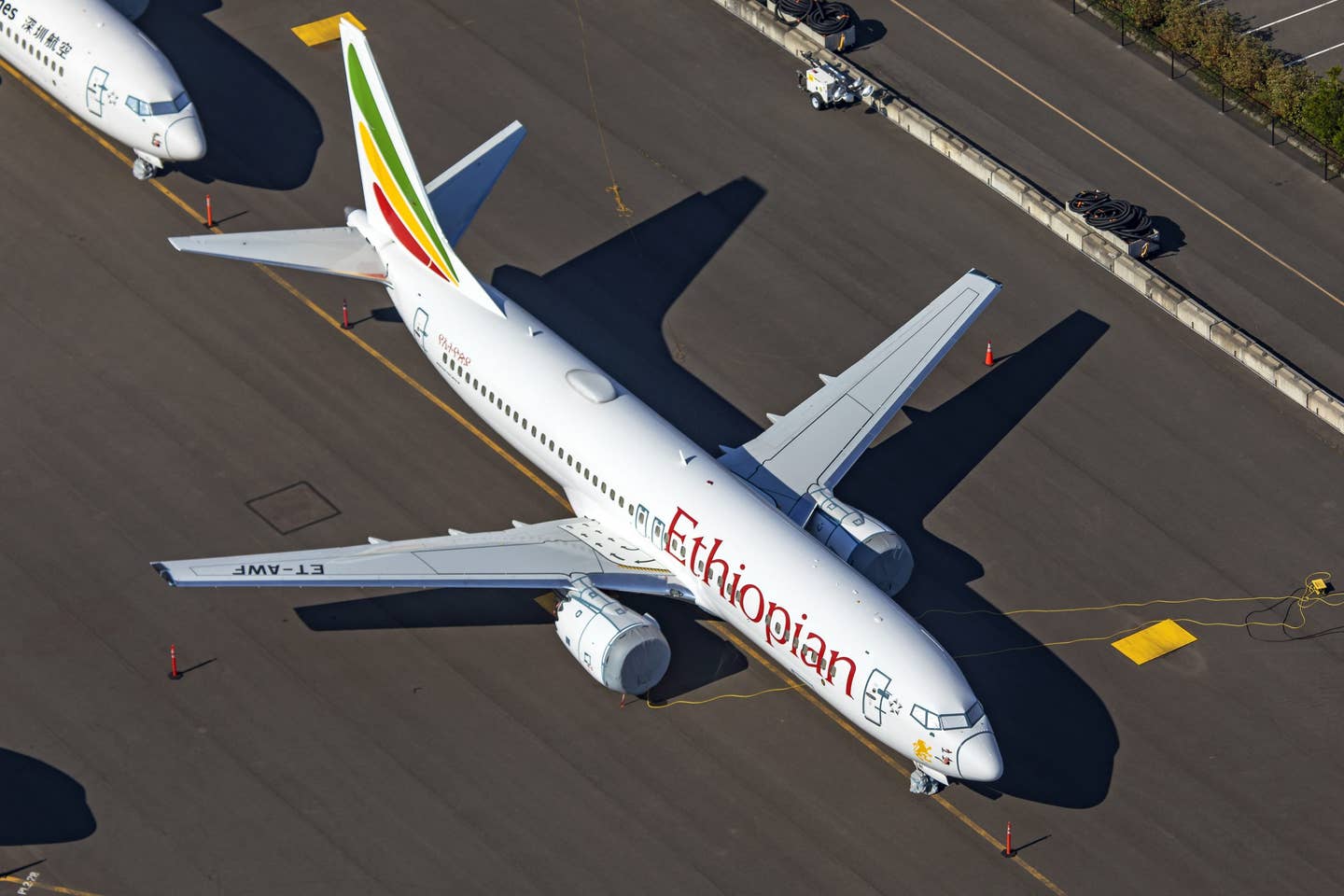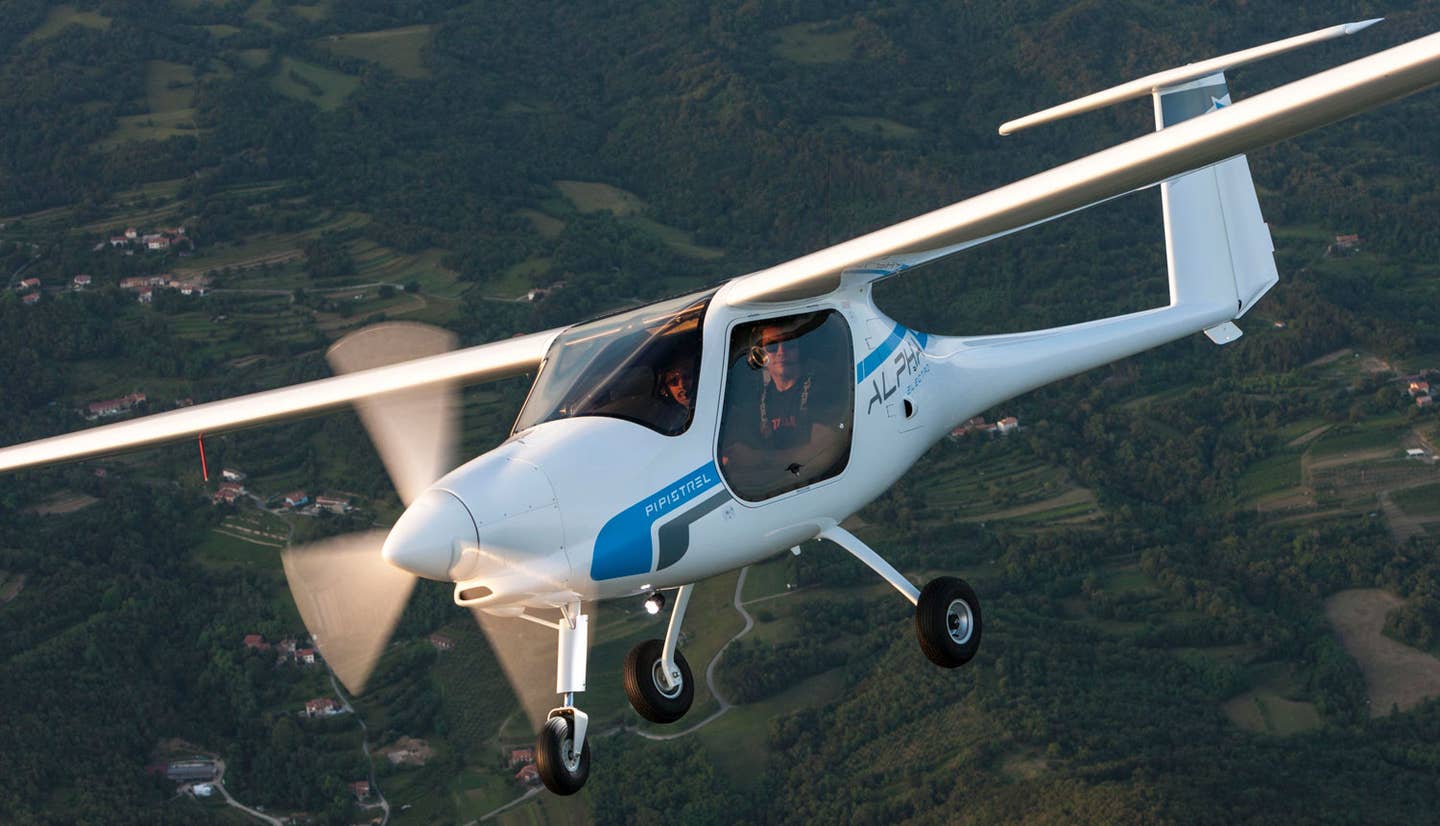
Illustrated by Barry Ross
(January 2011) — It was my good friend Paul's second airplane ride. The airplane was a bright red Grumman AA-1 Yankee, my favorite of all the ones owned by the Orlando Aero Club at the time. Quick and responsive, it was my kind of airplane. On this particular flight, we were flying out of Page Field in Fort Myers, where we were staying for the weekend. We rolled down the runway, quickly jumped into the air and immediately turned toward the Caloosahatchee River, staying low, taking the scenic route onward toward the islands of Captiva and Sanibel. It was early morning, not much air traffic to be seen.
Few words were spoken as we took in the sites. We rounded St. James City, the opposite end of Pine Island and Bokeelia. Soon we banked right over the Sanibel Causeway, over the bay heading toward Upper Captiva and Useppa Island, then made a hard left to circle the island tip just offshore, heading back in the direction of Fort Myers Beach, now three islands away. I looked out for airplanes, knowing Upper Captiva has an airstrip — no traffic. We flew onward to Sanibel, just offshore at 200 feet, and suddenly, out of nowhere, all hell broke loose. There was a very loud bang! A vibration shook the little airplane and us violently. It was hammering so severely, I could not focus on the instruments. It vibrated so badly when Paul asked "What the hell was that?" that his diaphragm sounded like it was pulsating at a high frequency, like someone was beating on his chest as he spoke. When I responded with shock and fear, I was surprised; I sounded the same. "I don't know!"
I immediately felt doomed but quickly gave that feeling away to my training. Can't fly like this; must try to land now, right now; this airplane feels like it is coming apart; oh, God, don't let the engine fall off, I thought.
Automatically, I pulled power, reached up for the handle, pulled the canopy all the way back to the stop, quickly selected 20 degrees of flaps, flipped the master switch to the off position and lined up for the beach, concentrating — we had speed to bleed off. Fortunately the vibration had stopped; the propeller then stopped milling. "Brace yourself; pull that belt tight," I yelled at Paul.
I scanned the gauges — airspeed 100, too fast; altitude about 20, but wait. Directly in our path was a woman bending over. As I prepared to turn out to sea to avoid her, I watched for a brief second — in my field of vision, she moved beneath my horizon. We will miss her, I thought — good! Back on course, onward for the packed sand, but another big problem: A couple walked the beach only a few hundred feet ahead with two young women just beyond.
The Yankee touched down hard with a loud whomp! We were too hot, still doing over 90. All four people looked directly at us, as if frozen. They just stood there! Running out of space, we were not going to make it. Focused and busy, but in a scene of slow motion, I glanced toward the soft sand, condominiums and sea wall to our left, then decided at the last second to turn out into the water instead, doing 50. We left packed wet sand and hit the surf with a large splash.
Spray engulfed the little airplane. Suddenly the front landing gear broke off, causing us to nose down and over. We rose up, almost going over on our back in five feet of water. We both leaned back in our seats in anticipation of the worst — then we settled upright. Water immediately engulfed the airplane through the open canopy; I yelled at Paul, interrupting his congratulations: "Get your belt off; get out!" As the airplane settled into the water slowly, it stopped sinking, wheels touching underwater sand while we ejected our bodies. It wasn't pretty — feet, hands and arms busy. We partially swam then waded to shore, where people were running up the beach toward us. My first question to the couple and the two young women: "Why didn't you move, get out of the way?" The man said sheepishly, "I am sorry, so sorry. An airplane coming down the beach? It just did not register."
The people from the condos and farther down the beach gathered around. A group helped us pull the poor little airplane back onto dry land, tail in the air. Only then did I notice the problem - a large piece of the propeller was missing. The prop had stopped parallel with the wings with no further damage. A blessing. No wonder we had a severe vibration; it was amazing the engine did not dislodge from the mounts — that could have been fatal, no doubt.
The Orlando Aero Club gave a nice write-up in its paper, with strong credit to my flying skills for making a dead-stick landing under harsh conditions. The Fort Myers News-Press was not so kind. The following day's headline read: "Woman almost decapitated by crashing airplane on Sanibel Island."
Paul and I are extremely fortunate, much more so than reported. Why? Well, here is the rest of the story.
Before departure that fateful morning we had prepared the Yankee at the ramp; all was in order, so we were ready to go. We boarded the airplane, strapped in, slid the canopy shut and taxied from the ramp, making light conversation. I ran the magneto check, then keyed the mic, "Yankee 6155 Lima, ready for the active."
"55 Lima, cleared for takeoff." Click click.
Air traffic was nil. As I taxied into position I stopped, just took a moment and cleared my head - then asked silently, Is there anything else? And I waited. For reasons I cannot explain, I felt compelled to reach up and check the slide canopy one more time. Now it would not move. I tried again; it was jammed. In the last few moments it had vibrated locked.
Alarmed, I quietly announced to the tower that we would be leaving the active. I taxied back to the FBO, from where we had started. Then I turned the engine off and motioned to the attendant to come over closer. I removed the key from the key chain and passed the key through the small crack where the canopy meets the frame of the windshield and said loudly, "Take this key, please; unlock the lock!" He did. It could only be unlocked from the outside at this point.
Once out, we investigated and found a retainer nut had loosened, failing the canopy slide and causing it to lock in the closed position. Borrowing a wrench, I tightened the nut. Satisfied it would not fail again, we thanked the attendant and taxied to the active and, with clearance from the tower, took off on our flight.
Within minutes we had made a forced landing and almost turned turtle on our back, but one link in the accident chain of events had been broken — a critical link. Since that day, I shutter to think what would have happened if we had ditched in deep water with that canopy locked shut. By grace, we did not do that. I learned about flying from that.

Sign-up for newsletters & special offers!
Get the latest FLYING stories & special offers delivered directly to your inbox






